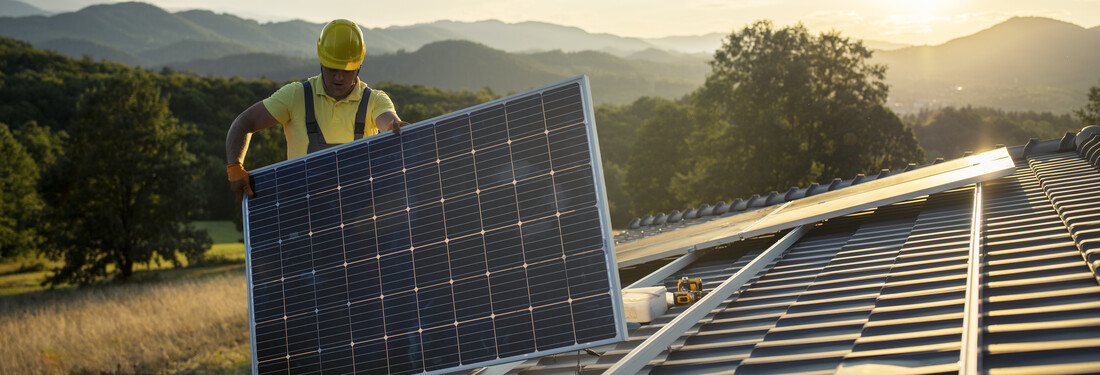Is there something wrong with the UK’s attitude to renewable electricity?

For project professionals in the energy sector, public support for renewable electricity generation ought to be encouraging.
The Department for Business, Energy and Industrial Strategy has been running a public attitudes tracker on energy since 2012 – and even five years ago, three-quarters of Britons expressed concern about climate change. No surprise, then, that 87% favoured solar farms and 83% offshore wind. Even onshore wind garnered the support of 76% of respondents.
Those numbers have ticked up slightly since. But even with that well-established public backing, policymakers are struggling to reform the planning policies and support mechanisms for new renewable generation capacity. Even after a year of soaring energy costs and a new impetus behind energy independence, the situation for wind and solar projects in particular looks challenging.
That lack of clarity on planning – both in terms of national government support for large solar and onshore wind, and local openness to projects – is a major issue for project professionals.
“A solar farm and its associated high-voltage connection to the grid throws up a lot of project complexity – and you have to get everything in the right order,” says Matthew Clayton, Managing Director at Thrive Renewables.
“How much do you spend setting up the grid connection before you pin down the land – and without losing years to planning consents? That’s the big risk: is it consented?”
‘Blight’, ‘divisive’, ‘unacceptable’
Ironically, it’s often ecological issues that thwart the planning for at-scale generation projects. Yet, as Clayton points out, land lying fallow under solar panels can still be used to graze sheep. It also gains a multi-decade opportunity to regain nutrients and can play a crucial role in water management.
But it’s local objections on aesthetic grounds that usually upset plans. For the Xlinks Morocco-to-UK renewables megaproject, the biggest hurdle isn’t technological or even infrastructural – it’s the residents of villages around the proposed Gammaton converter station site in Devon. Ongoing consultations will decide whether their opposition becomes a major delaying factor for the project.
Even low-profile projects can run into issues. Several solar farms – which, even in construction, are relatively low impact on communities – have run into objections. For example, an array capable of powering 6,000 homes at Kemberton in Shropshire was passed for planning by the local council – only to face objections from 100 local people concerned about the installation’s aesthetic qualities.
Stiff opposition to major projects near Horncastle (“divisive”), Chippenham (“industrial”), the Isle of Cumbrae (“a blight”) and Telford (“unacceptable”) are typical of local sentiment. In Rutland, opposition to a solar farm was a crucial factor in the election of Rick Wilson to the local council. Wilson is a Green Party candidate. It’s little surprise, then, that planning application rejections for solar projects were running at a five-year high last year (13 refusals, compared to just one in 2019).
One solution for developers is to focus on larger projects. A solar scheme capable of generating more than 50 megawatts (MW) is classified as a National Significant Infrastructure Project – meaning the green light comes from national government, not local authorities or people. But that, too, risks losing community support for installations that typically have a 40-year lifespan – a long time to face down angry residents.
Soaring inflation
Planning and community unrest aren’t the only challenge facing renewables projects. Like any infrastructure programme – from HS2 down to modest housing projects – the past 18 months of supply chain challenges and inflation have also placed a financial question mark over programmes already under way.
While the relative cost of renewable projects has been falling, build-out budget has soared. For example, the proposed £8bn, 2.8GW offshore wind farm at Hornsea was awarded the standard government subsidy in the planning stages. But higher interest rates and inflated material costs – plus the Russian invasion of Ukraine – radically changed the project’s financial assumptions, causing investors to pause.
Complaints that the UK is missing out on the rapid rise of carbon-free energy as a result of having almost no major companies manufacturing renewables kit or managing major projects do seem valid. But there is little sign that reforms to planning regulations, the resolution of public conservatism on solar farms or a change in attitude to government subsidies can rectify the situation.


0 comments
Log in to post a comment, or create an account if you don't have one already.